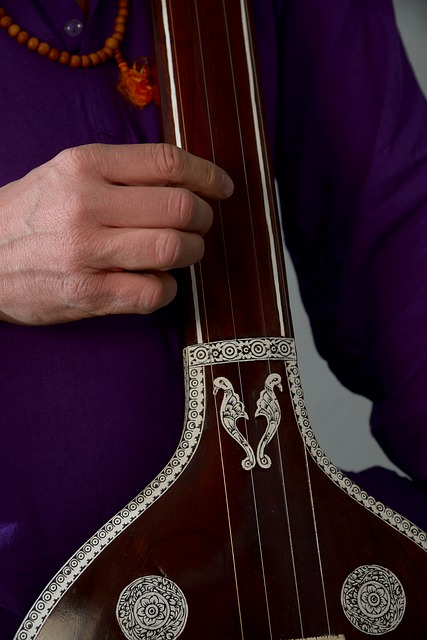 B writes: “[O]ne topic that might be helpful to address, if you haven’t already, is the Hindu meditative chanting practice called, Kirtan. It’s become very popular on a local level as well as artists who travel around the country(ies), often performing in Yoga studios. The music is beautiful, enticing, esp. in a large group and can produce deep, trance-like effects. It’s sung in Sanskrit and invokes the Hindu deities. It’s another of those Eastern practices that’s become a ‘cool’ form of spirituality…or rather pseudo-spirituality.”
B writes: “[O]ne topic that might be helpful to address, if you haven’t already, is the Hindu meditative chanting practice called, Kirtan. It’s become very popular on a local level as well as artists who travel around the country(ies), often performing in Yoga studios. The music is beautiful, enticing, esp. in a large group and can produce deep, trance-like effects. It’s sung in Sanskrit and invokes the Hindu deities. It’s another of those Eastern practices that’s become a ‘cool’ form of spirituality…or rather pseudo-spirituality.”
Kirtan is indeed becoming popular and although it’s often billed as a harmless form of praising God in song, there’s a whole lot more to it.
It’s important to note that most of the hymns, which are called shabads, are from the Guru Granth Sahib which is poetry that is sung. As this article states: “The full spirit and power of the word is in the singing of it. All of the shabads contained in the Guru Granth Sahib are set to particular traditional musical scales called ragas, each meant to be played at a particular time of day or to evoke a particular mood.”
What most people are not told is that the Guru Granth Sahib is the religious scripture of Sikhism. Guru Granth is considered to be the “eternal Guru” who followed the ten human gurus who established the religion of Sikhism. These hymns are either to the Gurus themselves or to the saints, known as bhagatbani, who were holy men from various sects.
In other words, Kirtan is not just about singing praises to God – it’s about singing praises to Sikh gurus and saints.
The composition of the music is also notable because of its intent to create a particular “mood.” As the Britannica explains, in the classical music of India, Bangladesh, and Pakistan, a raga “is based on a scale with a given set of notes, a typical order in which they appear in melodies…By using only these notes, by emphasizing certain degrees of the scale, and by going from note to note in ways characteristic to the raga, the performer sets out to create a mood or atmosphere (rasa) that is unique to the raga in question.”
It goes on to explain that traditionally, ragas “were thought to have supernatural effects such as bringing rain or causing fire.”
How this music can effect a trance-like state is due to the association of the seven notes of the ragas which are associated with the seven chakras in the body. “This is one of the reasons of the impact it has on our mind, body and soul. Ragas have an innate quality of affecting the emotions of the listener, and hence the overall wellbeing,” this article explains.
For example, the raga Malkauns is considered to be reflective, contemplative, trance-inducing, and very effective in putting all thoughts to rest.
The raga Yaman, which is one of the most famous of the Indian classical ragas, “is said to open the heart to receive knowledge.”
In conclusion, Christians should be mindful of the fact that Hindu kirtans might be pleasant to hear, but the gods it praises are not compatible with Christianity.
© All Rights Reserved, Living His Life Abundantly®/Women of Grace® http://www.womenofgrace.com









